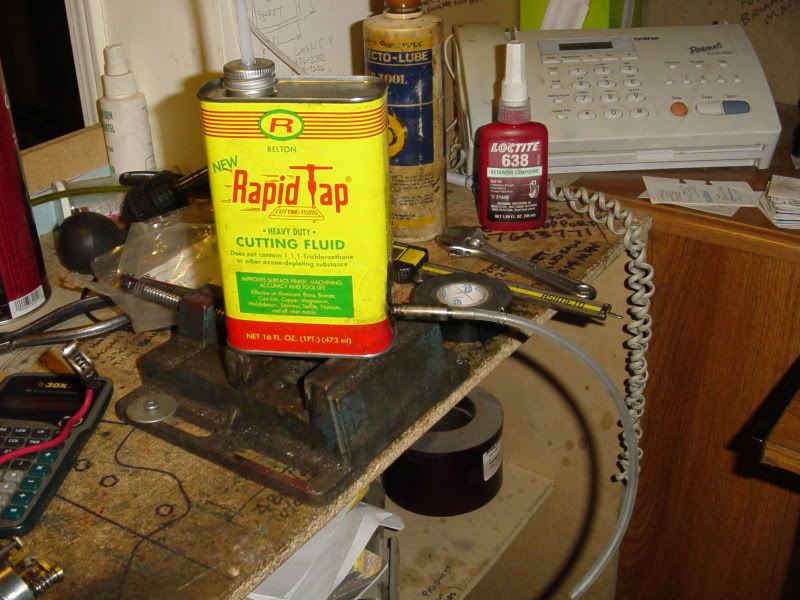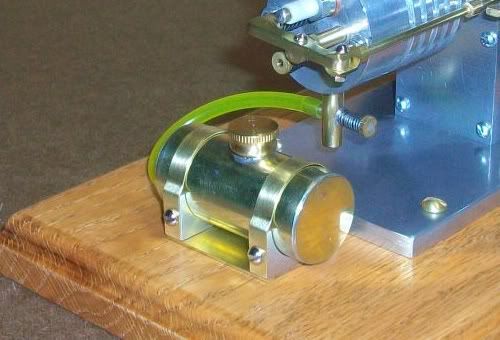- Joined
- Jul 16, 2007
- Messages
- 2,987
- Reaction score
- 1,056
Brian,
Any spark plug will suffer from flooding. The trick is to get the carb adjusted to where it's not running too rich. When raw gas burns slowly it makes carbon. Carbon is a conductor. When the plug is coated with carbon the spark just follows the easiest path to ground an thus very little or no spark.
Clean up your plug, start the engine until it's a little warm and then start adjusting the carb towards the lean side until the rpm goes down or it falters and then back it out a minute amount. With that setting it shouldn't be flooding the cylinder.
gbritnell
Any spark plug will suffer from flooding. The trick is to get the carb adjusted to where it's not running too rich. When raw gas burns slowly it makes carbon. Carbon is a conductor. When the plug is coated with carbon the spark just follows the easiest path to ground an thus very little or no spark.
Clean up your plug, start the engine until it's a little warm and then start adjusting the carb towards the lean side until the rpm goes down or it falters and then back it out a minute amount. With that setting it shouldn't be flooding the cylinder.
gbritnell








